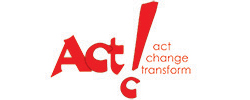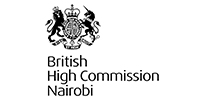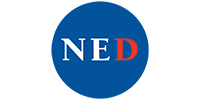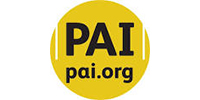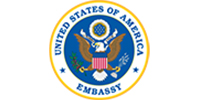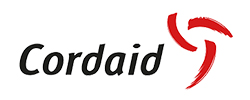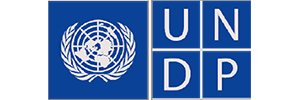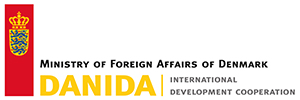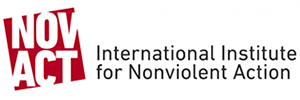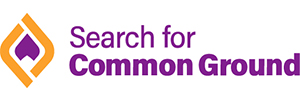Our strategic direction
Our 2022 - 2026 Strategic Focus Areas
Pillar 1
Social Component
This pillar AIMS to support positive and meaningful youth inclusion in; Interfaith
Peace-building, Gender Justice & Inter-generational cohesion initiatives
Pillar 2
Economic Component
This pillar AIMS to promote youth access to sustainable economic, livelihoods and employment opportunities through training and linkages to labour markets.
Pillar 3
Governance Component
This pillar AIMS to promote youth participation in political and governance processes through civic engagement, human rights defense and social accountability.
Pillar 4
Health Component
This pillar AIMS to support advancement of quality and affordable health services and information to Adolescents, Youth, women and Marginalized groups.
Inception
KMYA’s goals are accomplished through research, trainings and capacity-building, advocacy, networking and alliance building, dialogue, health programs, communication and media engagement.
Our Approach
CORPORATE PROFILE
Management structure
The organization is served by a professional and competent team of nine Board members with proven abilities and passion for youth development and well-being. The organization is headed by its Chief executive officer who oversees its countrywide operations with the support of the top managers heading various departments key among them being Programs, Finance and Administration and ICT. At the various counties that we operate (Currently operating in 7 counties), KMYA operations are headed by the various regional coordinators who report directly to the programs manager. KMYA management structure and operational vision captures the aspiration of the organization for positive change in the lives of its target group i.e.
"The potential of the marginalized Muslim youth is nurtured, positively harnessed and transformed for positive contribution in the Kenyan society."
All our regional offices have fully fledged functional offices with staff serving at various capacities including;
- Program activity implementation.
- Finance and administration.
- Research.
- Field activities
Vision
KMYA envisions that the potential of Muslim youth is nurtured, positively harnessed and transformed for positive contribution to the Kenyan society
Core Values
- Respect for Islamic tenets.
- Democratic governance and management
- Justice, honesty and caring engagement.
- Stability and social sustainability.
- Transparency and accountability in our engagements.
- Holistic, participatory, integrated and result-oriented approach
- Gender equity and full enjoyment of human rights by all especially the minorities and marginalised.
Membership
Our membership include;
- Community based organizations
- Learning institutions
- Individual youth and community members
Mission
To contribute to the realization of healthy and thriving communities governed through democratic governance grounded in the rule of law, cultural and religious diversity, peaceful co-existence, stability, and attainment of sustainable, just and equitable development among youth in Kenya in support of the country’s development agenda.
Physical Presence
- Nakuru
- Mombasa
- Garissa
- Kakamega
- Lamu
- Tana River
- Kilifi
- Kwale
- Taita Taveta
- Isiolo
- Wajir
- Mandera
- Nairobi -(This is the organization headquarters)
Our Partners
